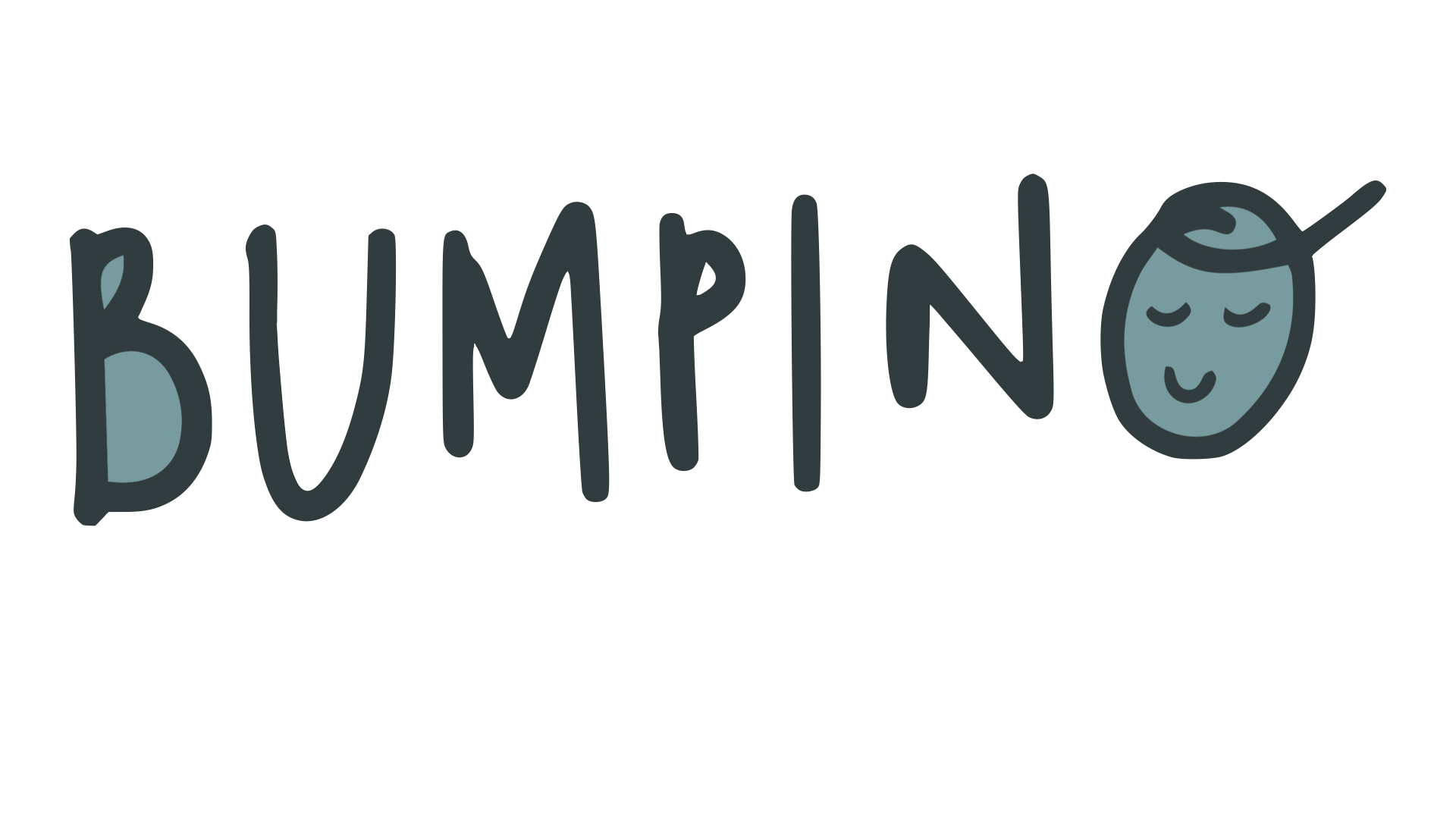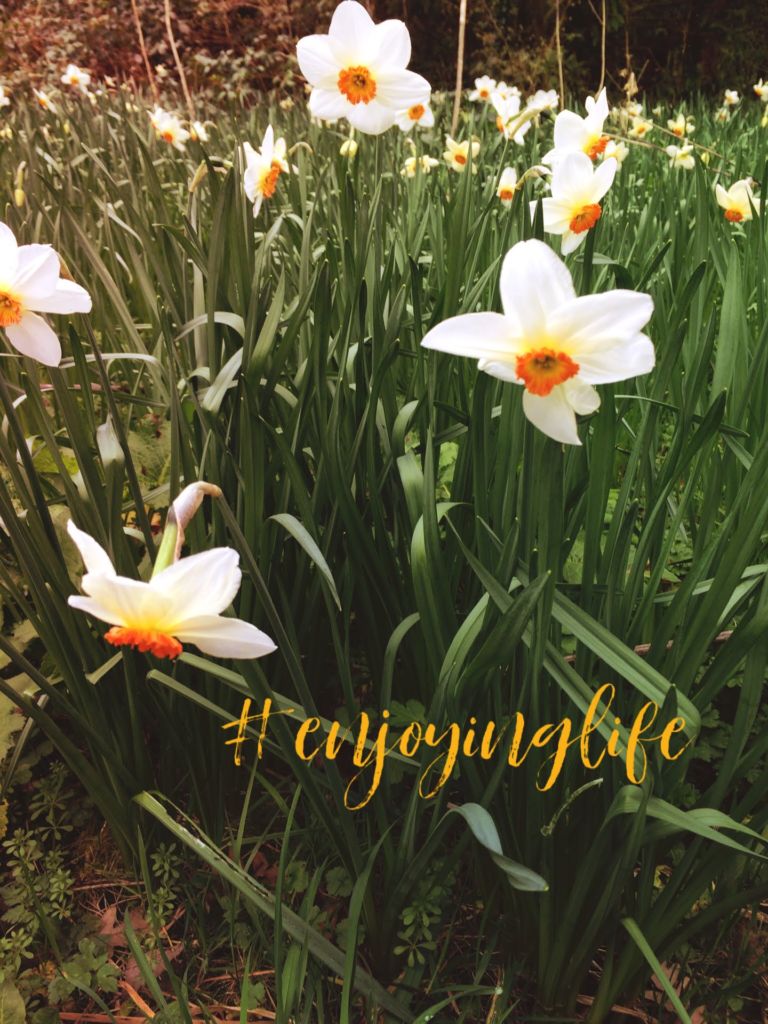Our bodies are the texts that carry the memories and therefore remembering is no less than reincarnation – Katie Cannon (p. 184)

Stress. A word we hear far too much? We are born with a predisposition for stress. A little stress is actually a good thing; we need some! In every moment of our lives we are making a decision; is this situation safe, risky, or life-threatening? Without the correct functioning of our stress hormone, cortisol, the decisions we make might look rather different. The ability to use the stress hormone effectively is built on our experiences. As young children, we were probably taught that it is important to look when crossing the road and a car that comes screeching around the corner at full speed will, therefore, release in our bodies enough cortisol to raise our heart rate and cause us to react (and hopefully, get out of the way)!
On the other hand, too much stress can be toxic.
Almost half of employees know a colleague who left their job because of the stress they were under. Stress and anxiety are common experiences for most people. In fact, 70% of adults in the US say they feel stress or anxiety daily.
When we are faced with a traumatic experience our body becomes incredibly involved. Our nervous system works to try and manage the trauma and then deal with the aftermath. If we experience trauma as young babies we embody the memories deep in our beings. In other words, a baby is too young to express the feelings a trauma might create, so its body creates memories which sit within. When faced with a similar situation those sensations will trigger a response and in turn, raise the baby’s heart rate. For example; a baby with an avoidant attachment will show an increase in heart rate to the same degree as a securely attached baby when their parent leaves the room. However, the avoidant baby teaches itself not to cry as it knows it won’t be soothed. The baby eventually teaches itself not to recognize the feelings of anxiety.
This is a very clever adaptation of the body; to not recognize bodily sensations as they have repeatedly been too distressing. Therefore, a traumatized child will often have a lack of bodily awareness. This could present in all manner of ways…not knowing when they are full, not realizing they need the toilet, not recognizing they have cut their knee after falling over.

Despite the amazing privilege it is to be a parent, it can be incredibly stressful. If the mother is particularly stressed during pregnancy high levels of the stress and anxiety hormones will cross the placenta causing the foetus’ baseline heart rate to be raised and thus for it to take longer to return to baseline after stress. Labour can also be an incredibly difficult and traumatic time as well as being a full physical body experience. Post labour may trigger all sorts of memories and at such a fragile time, new mothers are at great risk from suffering from post-natal depression or other trauma-related difficulties.
But that is not the end. There are ways through this, and I am going to outline three of them here:
- Deep breathing – this increases the amount of oxygen to the muscles in our body, as well as helping our heart rate to return to normal. A little exercise or yoga type classes can help improve our ability to breath and calm down.
- Actively doing – the stress hormones released when we feel anxious give us the strength and endurance to respond to extraordinary conditions (p. 217). Why not put the hormones to good use and, in turn, diffuse their impact? Physically moving allows the body to shift the energy into something productive. When you google “how can I relieve stress in my body”, exercise is top of the list.
- The healing power of community – BT have definitely got one thing right: “it’s good to talk”. Support, community, harmony. These things are so crucial as a mother, I can’t emphasize it enough. Once our body has dealt with the stress hormones the part of our brain that manages rational thinking (prefrontal cortex) can come back online and we can think, with others, of healthy ways to reduce our worries, share experiences that trigger our stress, and support one another as we go through our anxieties.
From this understanding, Bumpino was born.

NB: all the photos in this piece were taken when out running – a massive form of stress relief (exercise and creation. Two in one. Boom).
Van der Kolk, B. (2014). The body keeps the score. Penguin Books, United Kingdom








4 thoughts on “Don’t stop movin’”
Beautiful photos. I’m not a parent, but I definitely deal with a lot of stress. I don’t know anyone that isn’t at least somewhat stressed most of the time!
-Lauren
http://www.shootingstarsmag.net
That’s sad, isn’t it? At least someone we know is stressed. Hope you can find some rest bite somewhere amongst it all.
Parenthood most definitely is stressful, but the three tips you recommend have always been helpful to me!
Well done Beth, good on ya!
Comments are closed.